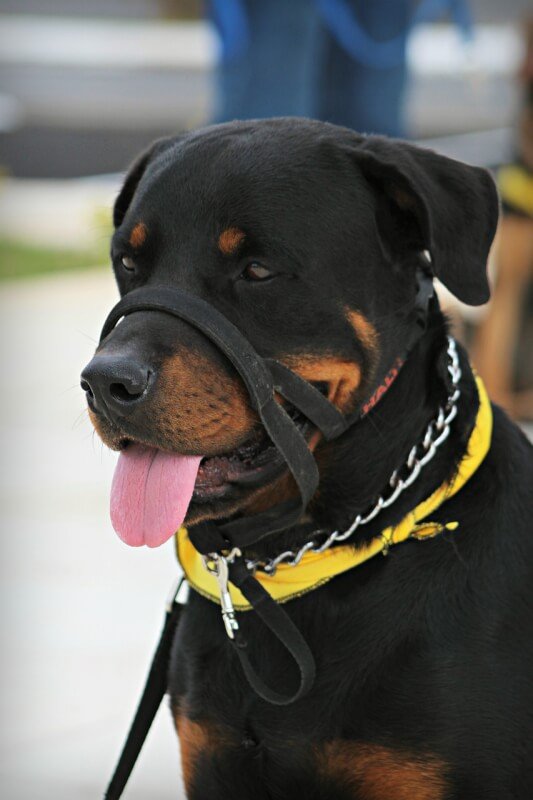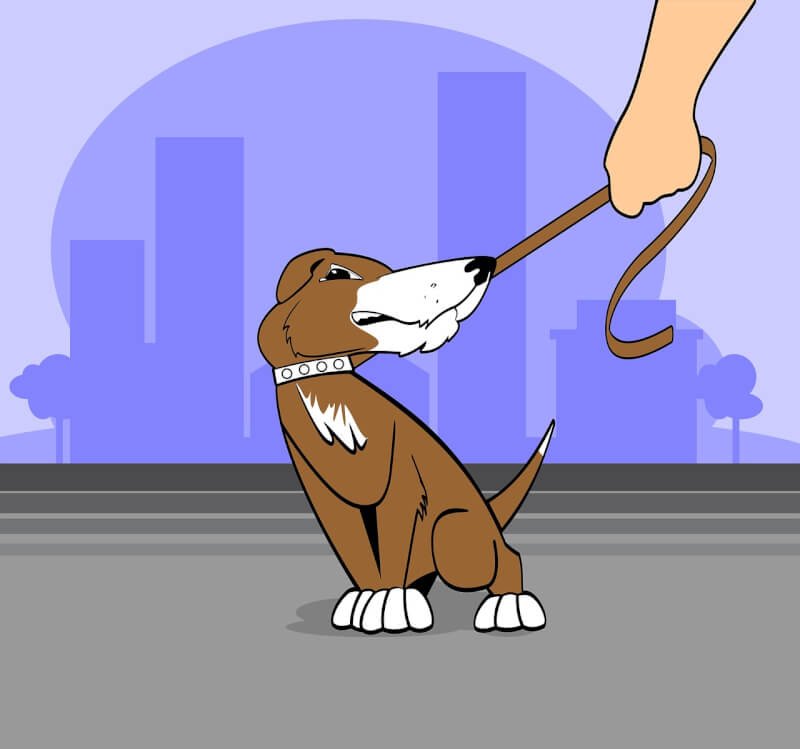Are you a dog owner who is eager to understand your furry friend better and create a harmonious relationship? Look no further! This article will provide you with invaluable insights into dog training and behavior management. Whether you’re a new dog owner or have had experience with dogs before, this guide will help you navigate through the intricacies of canine behavior and provide you with practical tips on how to train your dog effectively. From basic obedience commands to addressing common behavior problems, you’ll be equipped with the knowledge and tools needed to become the best dog owner you can be. So, let’s embark on this journey together and unlock the secrets of dog training!
Dog Training And Behavior Management

The Importance of Training and Behavior Management
Training and behavior management are crucial aspects of responsible dog ownership. By taking the time to train your dog and manage their behavior, you not only establish a strong bond with your furry friend but also create a happy and safe environment for both of you. Additionally, proper training and behavior management help prevent behavioral issues and enhance communication and understanding between you and your dog.
Ready for Cat Trivia?
Test your knowledge about cats!

Understanding Dog Behavior
To effectively train and manage your dog’s behavior, it is important to understand how dogs communicate and express themselves. Canine communication involves various vocalizations, body language, and facial expressions. By learning to interpret and respond to these cues, you can better understand your dog’s needs and emotions. Furthermore, understanding dog psychology and breed-specific behavior traits will also provide valuable insights into why your dog behaves the way they do.
Common Behavior Problems
Just like humans, dogs can exhibit a range of behavior problems. By recognizing and addressing these issues, you can create a harmonious and stress-free environment for both you and your pup. Some common behavior problems include excessive barking, destructive chewing, digging, jumping on people, and separation anxiety. Each of these issues requires specific techniques and strategies to effectively manage and modify the behavior.
Tools and Techniques for Dog Training
To facilitate effective dog training, there are a variety of tools and techniques available. Clicker training, for example, uses a small handheld device that emits a distinct sound to mark desired behaviors. Target training, on the other hand, involves teaching your dog to touch a specific object with their nose or paw in response to a command. Leash training helps your dog learn to walk politely on a leash, while using food and treats as rewards can reinforce positive behaviors.

Positive Reinforcement Training
Positive reinforcement training is a widely recognized and effective approach to dog training. This method involves rewarding desired behaviors while ignoring or redirecting unwanted behaviors. By using rewards such as treats, praise, or playtime, you can encourage your dog to repeat desirable actions. Marker training, which involves using a distinct sound or word as a “marker” to indicate when the desired behavior has occurred, and clicker training, where a clicker sound serves as the marker, are popular positive reinforcement techniques.
Obedience Training
Obedience training is essential for ensuring your dog’s safety and well-being, as well as for establishing a level of control and discipline. Teaching basic commands such as sit, stay, and lie down are fundamental to obedience training. Advanced commands like roll over and play dead can be fun and mentally stimulating for your dog. Additionally, training your dog for off-leash recall is crucial for their safety in situations where they need to come back to you even without a leash.

Potty Training
Potty training is an essential aspect of dog training, especially for house dogs. By establishing a routine, consistently using positive reinforcement, and providing appropriate opportunities for elimination, you can successfully potty train your dog. Crate training, which involves confining your dog to a small crate when not supervised, helps prevent accidents and teaches them bladder control. House training techniques, such as using specific commands and rewards, further reinforce appropriate elimination behavior.
Socialization
Proper socialization is crucial for ensuring your dog feels comfortable and confident in various environments. By introducing them to different environments at an early age and gradually exposing them to new stimuli, you can help them adapt to new situations. Allowing your dog to meet other animals and people in a controlled and positive manner helps develop their social skills and prevents fear or aggression towards unfamiliar beings. Building confidence through positive experiences is key to creating a well-rounded and friendly dog.

Behavior Modification
In some instances, dogs may demonstrate aggressive or unwanted behaviors that require behavior modification techniques. Understanding the different types of aggression, such as fear aggression or territorial aggression, is essential for addressing these issues effectively. Identifying warning signs and triggers for aggressive behavior can help prevent potential incidents. Through behavior modification techniques, such as desensitization and counterconditioning, you can help your dog overcome aggression and develop more desirable behaviors.
Aggression and Bite Prevention
Bite prevention is a critical aspect of responsible dog ownership, especially if you have a dog that displays aggressive tendencies. By understanding the signs of aggression and learning how to safely handle and interact with your dog, you can minimize the risk of biting incidents. Additionally, proper behavior management techniques, obedience training, and effective communication can help prevent and mitigate aggression in dogs.
By investing time and effort into training and behavior management, you can create a harmonious and fulfilling relationship with your furry companion. Through positive reinforcement, understanding dog behavior, and utilizing appropriate techniques and tools, you can address common behavior problems, enhance communication, and develop a well-behaved and happy dog. Remember, a well-trained and well-behaved dog is a joy to be around and a valuable member of your family.



